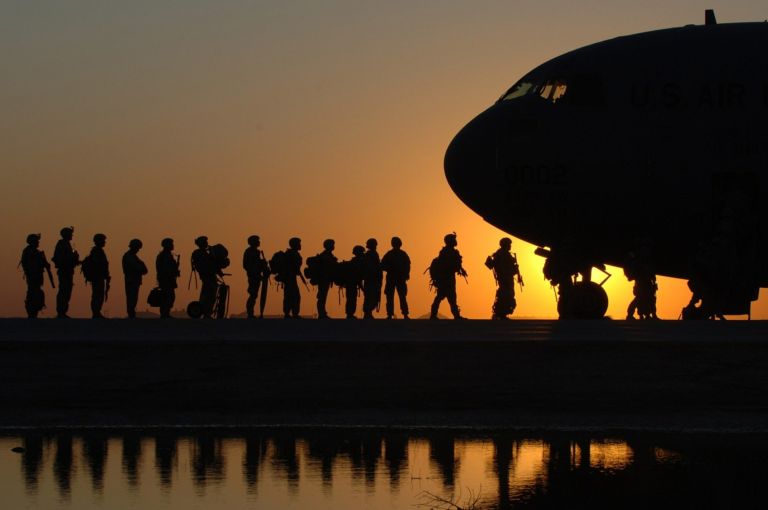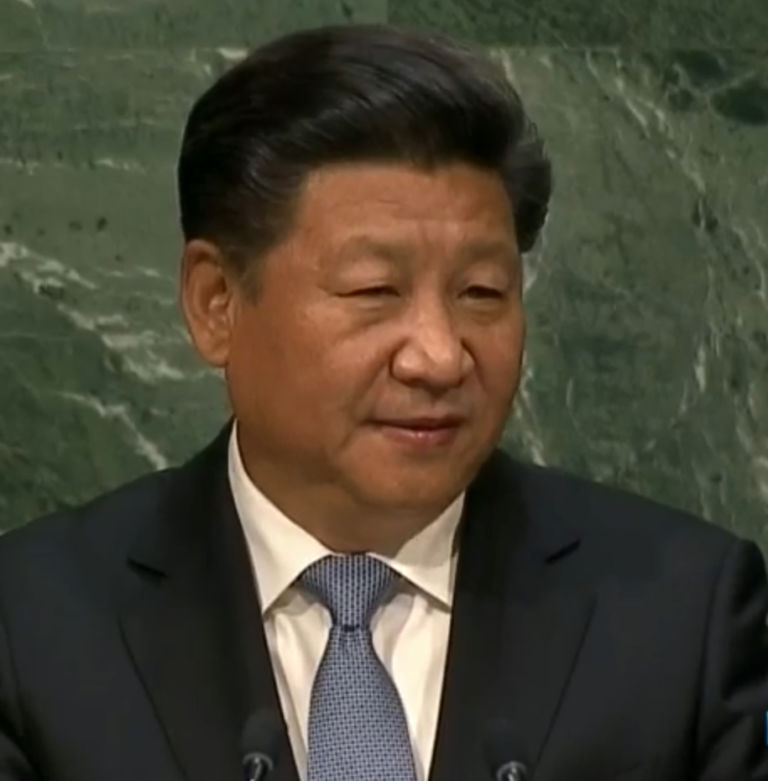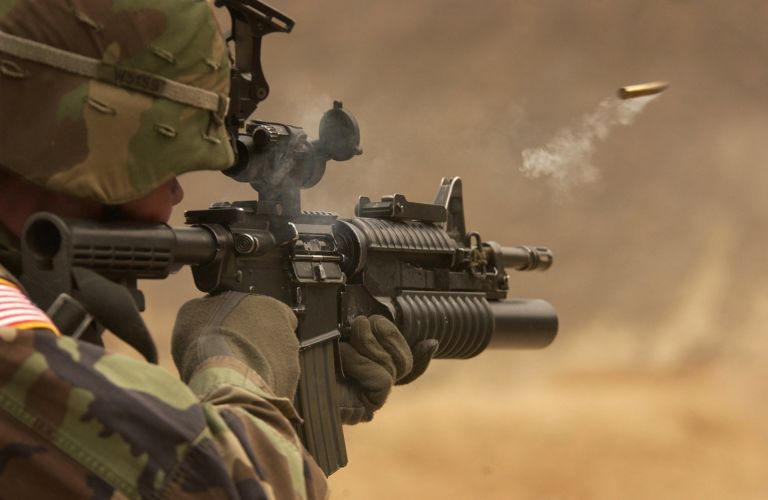Victor Davis Hanson‘s latest National Review Online column examines post-World War II history to calculate the likelihood of U.S. military action against either Syria or Iran.
Hanson offers 15 points. I’ll excerpt six of them:
7. Intervention is mostly a bipartisan affair. Democrats went into Haiti, Libya, Serbia, and Somalia, Republicans into Afghanistan, Grenada, Panama, Iraq, and Libya. Republicans may have intervened a little more since Vietnam, but then there have been more years of Republican administrations. Anti-war protests are usually aimed at Republicans, rarely at Democrats, who enjoy far more latitude in the use of force.
8. There is no consistent or predictable rationale for invading a country; it can be supposed national interest and/or oil (Iraq, Libya), “humanitarian” considerations (Haiti, Serbia, Somalia), spheres of interest (Grenada, Panama), or simple retaliation (Afghanistan).
9. The insertion of ground troops is necessary to create postwar governments (Afghanistan, Iraq, Serbia, etc.); without them we have little influence (Libya).
10. The target is usually a government rather than gangs, tribes, or terrorists; if it is one of the latter, either we do not go in to remove those in control, whatever the provocation (Lebanon), or we fail when we do (Haiti, Somalia). The verdict on Afghanistan is still out.
11. We are adept at removing dictators (Afghanistan, Grenada, Iraq, Libya, Panama, Serbia), but less so at fostering calm in their wake (Afghanistan, Iraq, Libya).
12. The American people usually favor intervention at the outset, but regret it when hundreds of Americans are killed, or violence continues. Those who most assiduously demanded action are most likely to blame the leaders who followed their advice, apparently embarrassed when violence continues and our losses mount.


